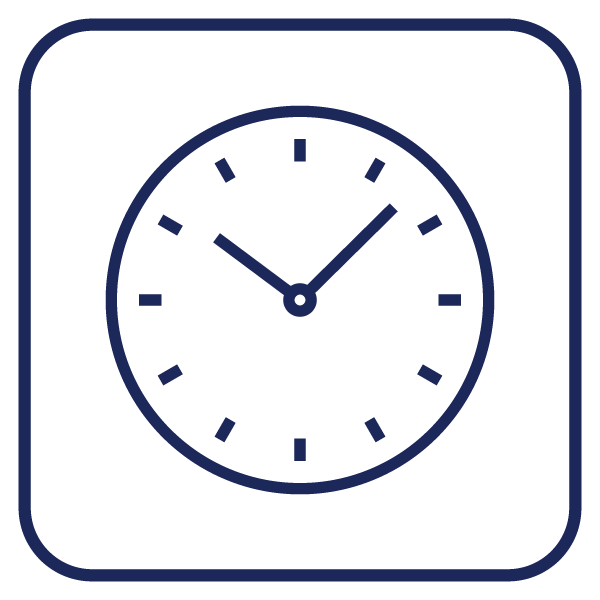GLAUCOMA (KALA MOTIYABIND)
Home > Glaucoma

We Are The Leading Eye Clinic
That’s great to hear! As the leading eye clinic, you must be dedicated to providing top-quality eye care services and treatments to your patients.
GLAUCOMA (KALA MOTIYABIND)
Glaucoma is an eye disease which arises due to increase in pressure inside the eye subsequently leading to damage of the optic nerve in the eye resulting in gradual and silent loss of vision
Glaucoma is also known as ” Silent thief of Sight “wherein patient loses the vision slowly without showing any obvious symptoms.
That is the major reason as to why glaucoma should be diagnosed and treated as early as possible before resulting in Irreversible blindness.
The eye is always producing fluid the eye drainage areas may become clogged or blocked too much fluid stays in the eye which leads to increase in eye pressure.
Too much of high pressure inside the eye can lead to damage of the optic nerve which sends the images from retina to our brain leading to blindness.
Types of Glaucoma
There are different types of glaucoma
The most common type is an open angle glaucoma where in drainage area of the eye gets clogged leading to increase in eye pressure and blindness.
Second most common type of glaucoma is angle closure glaucoma in which space between cornea and Iris is reduced significantly and narrowed obstructing the drainage pathway of eye fluid.
Other less common types of glaucoma include congenital glaucoma that is from birth secondary glaucoma after an eye trauma or secondary to an eye disease or surgery.
Symptoms of glaucoma
There may not be any symptoms in early stages. the side vision gradually disappears until total vision is lost however following symptoms can give an indication of glaucoma
- Continuous redness in Eyes
- Pain in eyes and forehead
- Severe pain with vomiting or nausea
- Blurring of vision or double vision
- Sense of decreased or restricted side vision
Who is at risk?
- Anyone who is above 40 years of age
- Family history of glaucoma
- Previous eye injuries or surgeries
- History of diabetes or high blood pressure
It is not advisable to wait until you have any symptoms of glaucoma as often you may not have any symptoms during early stage.
so, people with the above-mentioned risk factors should get can eye check-up done at least once in a year.
Test performed to detect glaucoma
- Visual acuity test- these checks how well you can see things at various distances
- Tonometry – this checks the eye pressure
- Perimetry also called visual field test – these checks how good is your peripheral vision
- Pachymetry -these measures how thick is your cornea of the eye using an ultrasonic wave tool to get corrected eye pressure
- Gonioscopy – to examine the drainage space using a specialised magnifying lens.
OCT (Optical Coherence Tomography) – this is a latest specialised non-invasive technique for Rapid scanning of the eye It detects and visualise even the microscopic damage caused to the optic nerve due to increased eye pressure in cases of glaucoma. This Diagnostic test helps in screening and detecting glaucoma at a very early stage and is highly valuable to decide the type of treatment and prevent vision loss due to glaucoma thereafter
Stereo fundus and Optic disc photography – this is done to document and analyse changes in Optic nerve over a period of time
Treatment of glaucoma
Remember that glaucoma treatment does not bring back the Lost vision but it can prevent or limit further vision loss and reducing the pace of it.
The goal of treatment is to control glaucoma by lowering eye pressure. Your doctor can suggest what treatment is best for you.
You may just need more frequent eye examinations or medicines or any laser procedure/surgery depending on severity of glaucoma.
Medicines to lower eye pressure
Eye drops and pills may be used to lower eye pressure. Some medicines reduce the amount of fluid your eyes make others increase drainage in the eyes.
Use your medicines as directed. Don’t stop taking them even if you have no symptoms
Eye pressure can rise rapidly and damage your vision. If the medicines cause any side effect talk to your doctor, do not stop on your own
To control glaucoma, take medicines exactly as prescribed. Never stop using them without your doctor’s advice.
Laser
In this procedure, the drainage space of the eye which is narrow, opened up by using a high intensity laser light beam leading to decrease in eye pressure. This procedure takes few minutes.
Microsurgery procedure for glaucoma also called Trabeculectomy – In this surgery, a new path is created to release the fluid from the eye. This is only done in patients after failed medications and laser procedures or in patients with advanced glaucoma.
Valves or Glaucoma drainage devices are newer inventions which are used in cases of failed trabeculectomy surgeries, secondary glaucoma or ICE syndrome. In this procedure a small tube is inserted into the eye to enhance drainage pathway and thereby decreasing eye pressure.

Emergency Cases
Call on this number
+91 99203 92108
+91 93246 36580

Dr. Kamlesh Gupta
MBBS, MD - Ophthalmology Ophthalmologist/ Eye Surgeon 20 Years Experience Overall (13 years as specialist)

Opening Hours
- Monday - Friday
- Saturday
- Sunday
- 24 Hours
- 08.00 - 22.00
- 10.00 - 17.00
Shreeji Eye Clinic & Dental Care Centre
Flat No 102, B -68 BLDG
Moreshwar Shantinagar CHS Ltd,Sector No.1 Opp. TMT Bus Stop
Near Rly Station, Shanti Nagar,
Mira Road, Thane,
Maharashtra 401107

